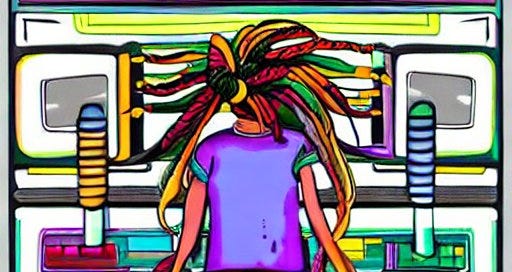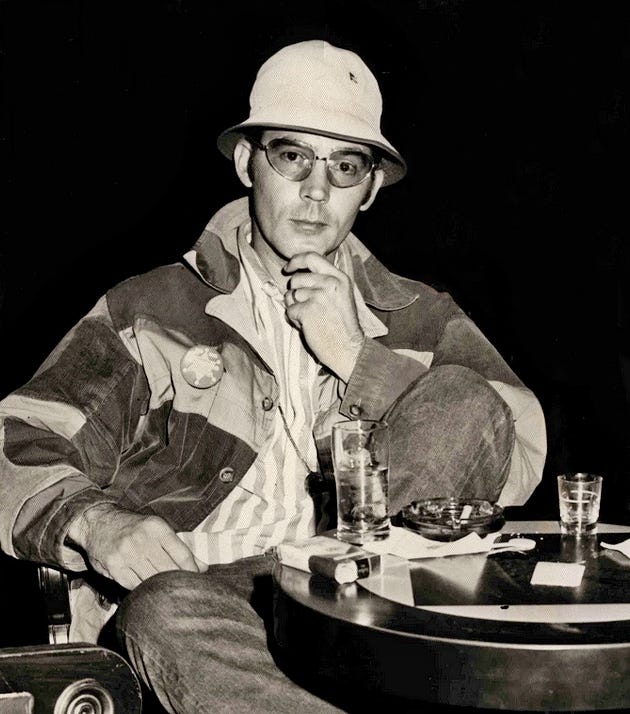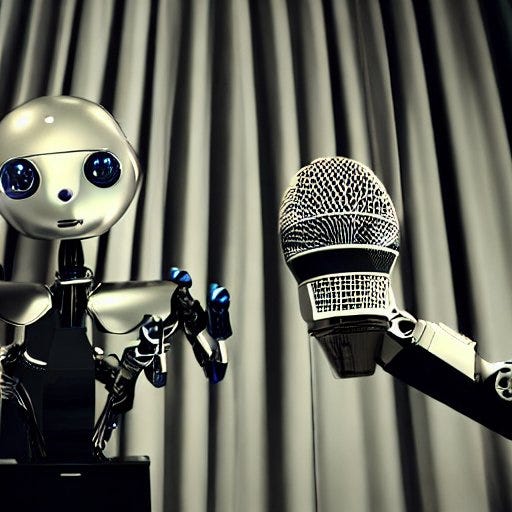This Week in Work: Working Smart
In last week’s leadoff section I wrote at length about the latest developments at Google and what it meant for freelance folks like myself, who are increasingly finding themselves shorter on clients than they were at this time last year.
Quick recap: We better start putting new branches on that skill tree in a hurry.
Not sure how much clearer it could get when THEE household name in modern technology turns its Earth-encompassing attentions to providing costless labor in your field of specialty.
And so, in my attempts to bolster the tools on the Swiss Army knife I’ve used to carve out a career in the creative trades over the last decade or so, I’ve found myself wrestling with the creative concept at its fundament. Like, I’m a passably skilled visual artist in the physical world, but I would never call myself a graphic designer because I typed a few words into Midjourney and had the software conjure me up a masterpiece.
…but should I feel that way?

Like, on one hand, people just like to experience cool shit…everyone assumes that the colorful rectangle of interest on your wall is a print and not an original. Most people’s feet can’t tell whether that stylish rug was made by hand. If your AI art would make a pretty sweet t-shirt, why not throw them on Etsy for $57 a pop? Is this not the system of incentives we have created?
Isn’t this the only possible endgame of more faster cheaper?
It’s not like I value the drudgery of writing for its own sake, the tedious technical administration that saps our will to work even as our ideas boil like molten steel inside our impassioned skulls.
To offer a personal example, I once wrote a screenplay, and it was exactly once not because of a disinterest in bringing my creative vision to life on a screen, but because of the torturous process of formatting it. I don’t exactly have a team of unpaid Hollywood hopefuls to handle the grunt work, so just putting my raw ideas into a script generator then adding story beats and house-blended spices as desired would save a LOT of time. Would that make me not a screenwriter?
It took me 6 hours to write last week’s entry, I would not be upset to shave that down...did we demand Disney draw every frame of his famous works? Hell, we didn’t even make him come up with his own material!
If the final statement on art is how much time you spent doing it, the great masters of the creative pursuit would be those monks who spend days creating colorful, intricate large scale sand patterns a few grains at a time.
Obviously that’s not the case, otherwise the general public would act way more upset when tradition is followed and it is destroyed to make a philosophical point.
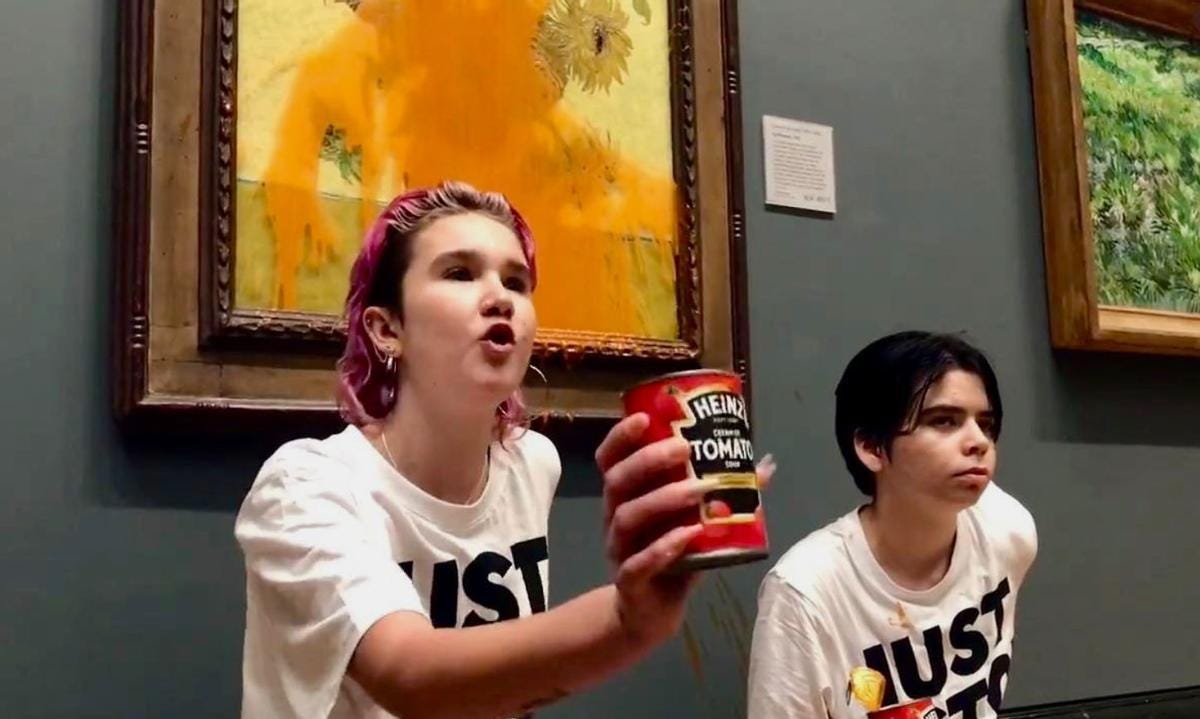
Of course, that leads me right back to the ongoing Hollywood writers’ strike, which I spilled some ink on in a previous installment, but it also underlines the basic tension of the AI age: how do we deal with a world in which fewer skilled laborers are required for vastly more output?
If I myself am replacing the illustrator I would have had to find on some gig site in order to expand my marketable offerings, isn’t some graphic designer out there cooking themselves up a storyboard without my help? Do either of us need an editor in our new AI-enabled remote offices?
I don’t have an answer to those questions, at least not one I like yet.
That being typed, it’s also my belief that there are certain creatives that will endure through our uncertain future…I’m betting that there will be fewer seats at the table, but man will the chairs get bigger.
I think of insightful lunatic Hunter S. Thompson, an interested observer to the bone. There’s not an AI ever programmed that will volunteer to get the dogshit kicked out of it by a motorcycle gang to gain true journalistic insight.on its inner workings. That is a human’s job.
I wager that it always will be.
It is one of my core beliefs that for better or worse, we are a species of problem solvers, and it is our individual perspectives on both what our problems are and how we go about solving them that most appreciably distinguish each of us.
Some of that is worth recording for posterity, whether AI offers an assist or not.
What HST could have done with AI tools is unimaginable to me…and yaknow, maybe that’s the point here. While it’s damn near impossible to make a plausible case against these tools hollowing out the bland, beige, SEO-optimized middle of the profession, the most distinctive and inspired voices will always be not only essential to the human experience, but central to it.
Triumph–or the tragic lack thereof–is a recurring theme in our wacky bipedal misadventures. In my view AI does not struggle, therefore it cannot triumph.
The way I see it, there will always be room for voices that can clearly transmit the spirit of victory in a reality that, from a computer’s point of view, is indifferent to our successes.
And so, every week in this space, against increasing odds, I will try to be one of them.
Maybe Update Your Resume: Publicist?
In case you don’t waste dozens of hours per week following pro sports like I did once upon a time, public apologies are very common in the profession.
Turns out when every person in a human being’s life from the time they could hold a ball treats them like the god-king Xerxes because they can maneuver the aforementioned ball in the preferred fashion, they come away with some unfamiliar understandings of what it means to function within a society.
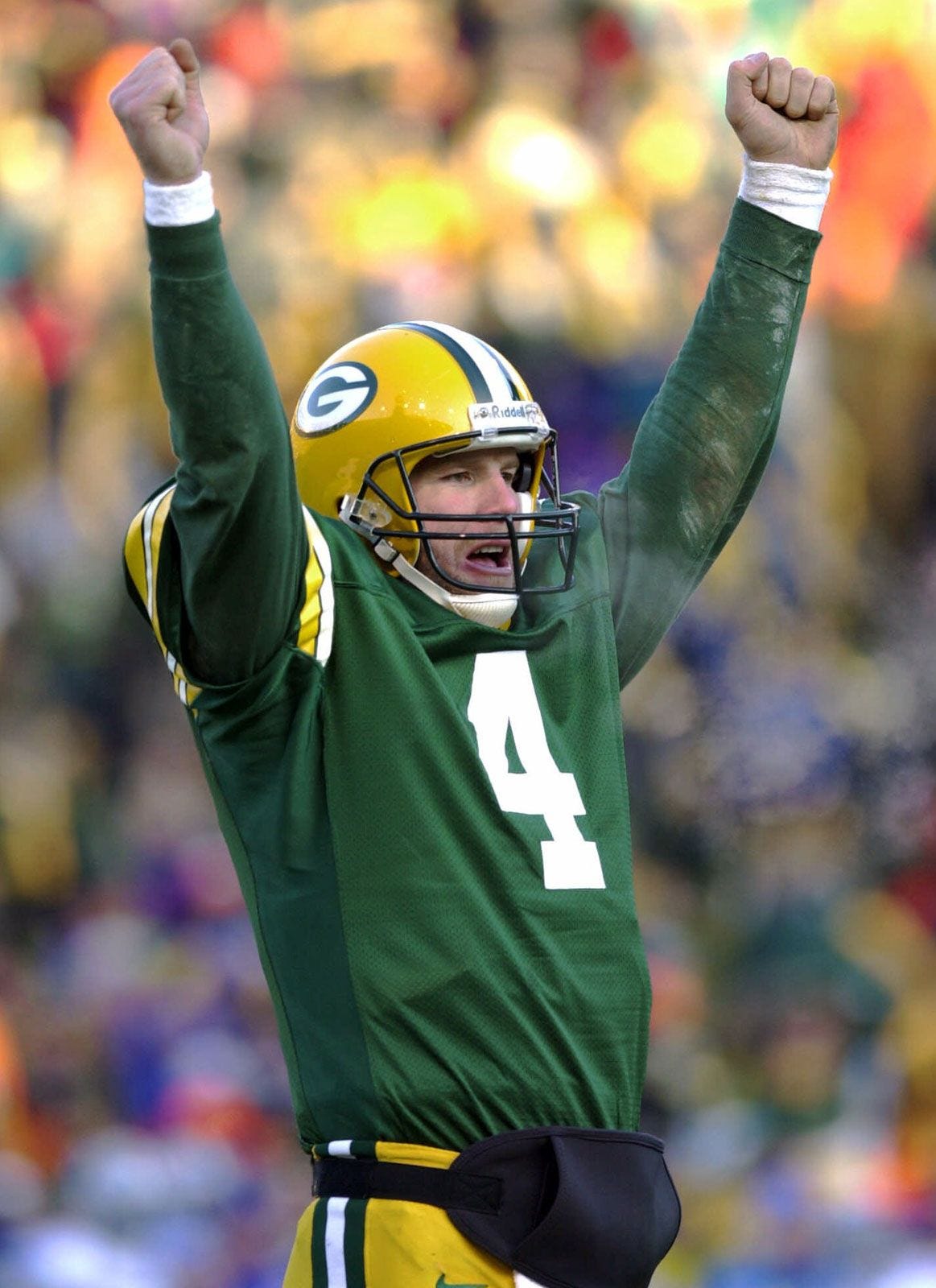
For these reasons, publicists are more common than shoe deals in the wild world of sports, allowing athletes and other members of our secular knighted class to present human-sounding public messaging in problematic situations. In fact, until recently, all of them have actually been human…but that might be about to change thanks to pioneer in modern accountability Ja Morant.
The celebrated basketball man, just months after signing a lucrative sneaker contract with the company you’re thinking of, yes that one, came under public scrutiny and a team suspension after repeatedly brandishing firearms on social media. Now, I’m not here to talk about whether a televised millionaire cosplaying a street tough on social media is legal or smart.
After all, Ja Morant is an American citizen, and brandishing a firearm is one of the nation’s most sacred principles.
What is of note for this publication is the apology-style statement issued by his publicist in the wake of the scandal. Morant, feeling the full weight of media scorn on his charmed life and finding firearms more cost-effective than career guidance, turned to AI to compose his heartfelt statement of contrition. Hot on the heels of AI’s first speech before a major legislative body, a language learning model appeared to offer its first high-profile celebrity apology.
That AI kid is going places…somewhere, Ryan Leaf smiles wistfully, a tear in his eye as he bears witness to the impact of progress on athletic insincerity.
Color Commentary: Illiquid Gold
Last week’s “Color Commentary” examined the rich history of purple pigment, its apparently fleeting presence in peasant decor during the postwar era, and what its increasing rarity may indicate for our collective future.
I explore these themes in further depth over on the Substack for my book on organic intelligence, “64 to Infinity: Love Letters in Crayon.”
While this rotating segment typically wouldn’t run in back-to-back weeks, I did want to acknowledge a contribution from actual human reader Jennifer, who after reading about Prismacolor’s purple problems here, drew my focus to a similar shortages in gold pigments. Besides, why not get that plug in there.
Anyway, manufacturer Golden Paints has recently retired its fan-favorite Quin Nickel Azo Gold, a warm, metallic shade prized for its tonal richness.
The paint’s signature shine came from the inclusion of Quinacridone Gold, yet another synthetic pigment formulated in the resource-freeing conclusion to the World War Era. Like many products that bloomed out of the bloodiest fertilizer in human history, production of the pigment continued unfettered through the remainder of the 20th Century.
However, in the wake of continued contractions at German chemical firm BASF due to soaring energy costs and shifting environmental sensibilities, the world’s largest producer of the pigment is producing less than ever before.
That means higher prices for raw goods…you’ll just have to pick a different paint.
Now, is the disappearance of a few premium art supplies even the end of the artistic world, let alone the actual one? That’s putting way too much sauce on it at the moment.
Still, what today’s decreasing palette of natural resources does speak to is hard limits to growth, the bedrock reality that infinite growth on a planet of finite materials is not only impossible ideal, but one that will become ever more perilous as fine cracks in our current concept of global resource distribution slowly make themselves impossible to ignore.
Hope Spot: Aesthetics and Accessibility
Finally, I always like to leave you fine folks with something less depressing to chew on, and I’m especially excited about what I found this week: a totally new digital font!
No, seriously…we should all be pretty pumped up about this.
You see, this set of letterforms in and of itself says more than I in my (currently) able body ever could about a new commitment to accessibility for every possible member of society.
Look carefully at each of the characters that make up the meticulously developed Atkinson Hyperlegible. Notice the carefully calibrated letter heights, the differentiation of each character to prevent confusion with similar looking glyphs…a little tail on the lowercase “l,” an “8” that looks nothing like a “B,” small touches that make a big difference for those who need it.
You might be surprised how similar certain letters can look on-screen if you have less than perfect vision…like, can you imagine?Il1|!
Or maybe you don’t have to imagine, and that’s the point.
Accessibility goes far beyond physical structures in the built world, it involves comprehensively considering the needs of any possible user to deliver the most universal use possible. Anyone who has ever paused a lengthy stroll to rest on a park bench or considered using a public bathroom’s most spacious stall recognizes the facts: if the world we built were engineered more toward universal accessibility, everyone would be much more comfortable.
Atkinson Hyperlegible shines a long-overdue light on this reality, representing some of the most throroughly considered efforts to expand inclusion in our society…real “lessen the suffering of the vunerable” inclusion, not “rainbow corporate logo, diversity of oppression” inclusion. The needs of the affected were considered in every aspect of the design, every stroke in the style explicitly serves the defined purpose of maximally universal legibility.
Check this out: It’s not “Atkinson Hyperlegible for the Visually Impaired,” everyone with vaguely functioning eyeballs can read it with a perceptibly higher level of ease. Nothing about this initiative was an afterthought.
You have to wonder, after the pandemic and resulting remote work revolution facilitated the largest move to onscreen text in human history, how aren’t proprietary fonts like this being developed by every major tech company?
…hell, you might find yourself asking why the text of this post isn’t as compassionately curated.
I guess I’ll have to ask Substack…my hope is that we can ask together.

